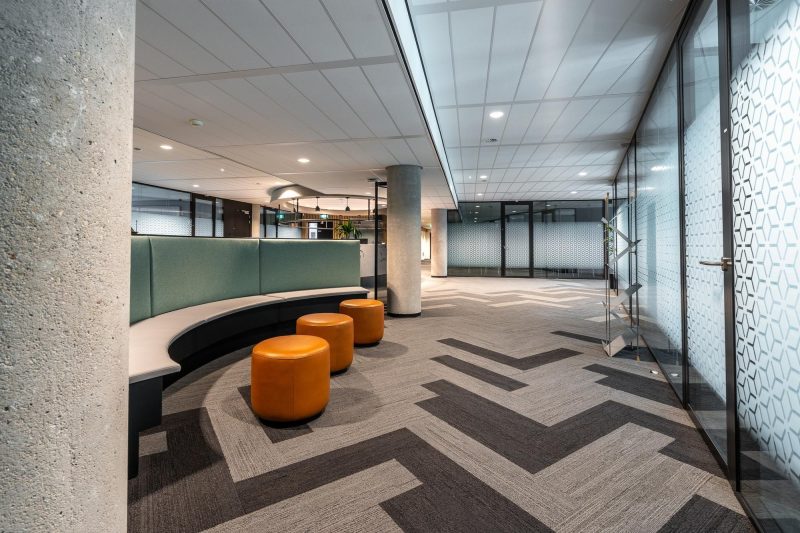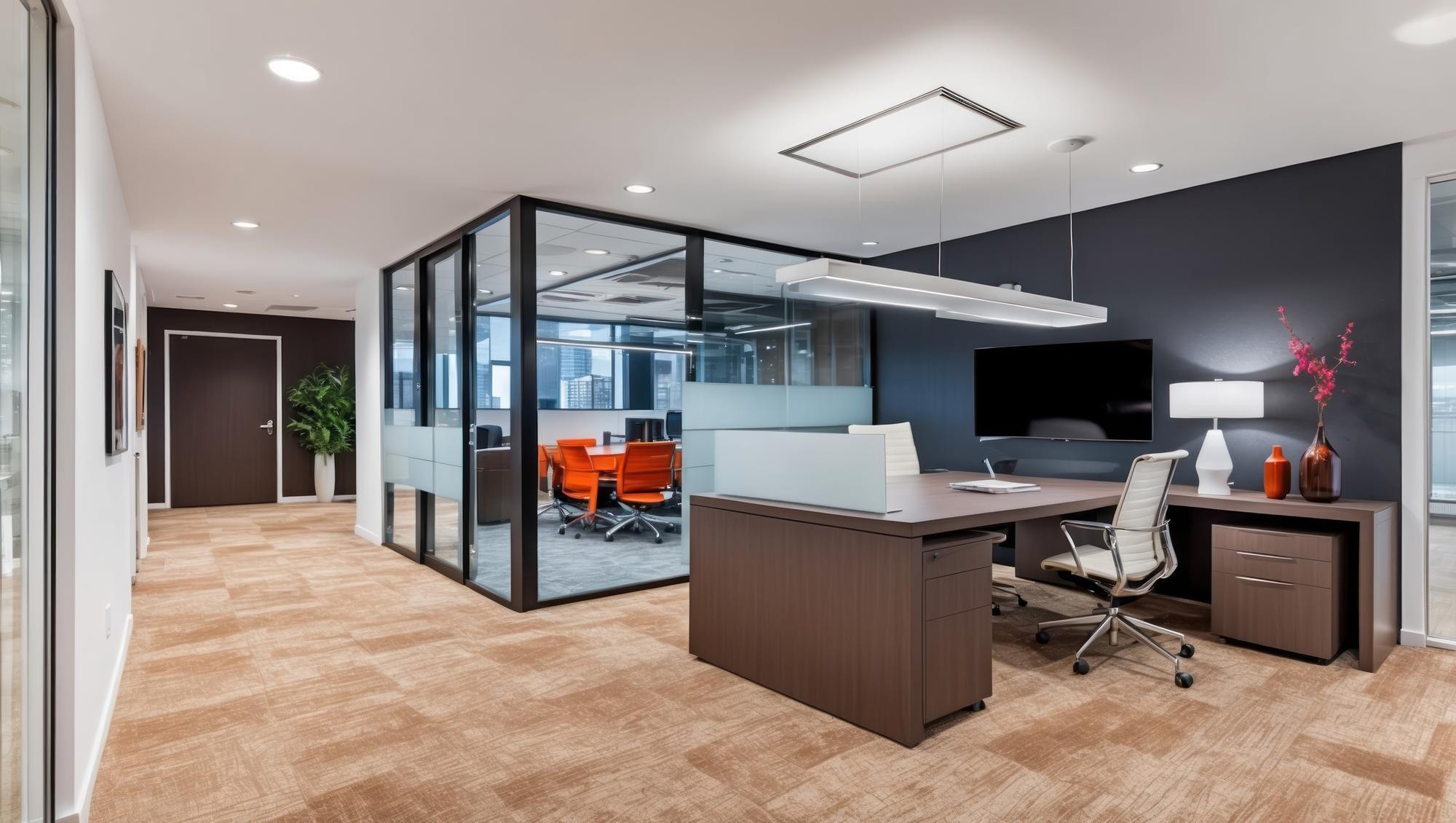Revamping an office in New Zealand—whether a sleek Auckland startup hub or a cosy Dunedin workspace—can transform how a team works and feels. Finding the right fit-out solution sets the stage for success, but the process is riddled with pitfalls that can derail even the best intentions. From hidden costs to rushed timelines, mistakes during an office fit-out or refurbishment can drain budgets, frustrate staff, and leave a space that’s more headache than haven. This article unpacks the common blunders businesses should sidestep, offering lessons from the trenches to ensure a smoother, more innovative upgrade.
Underestimating the Budget
Money talks, and in office fit-outs, it often screams surprises. Many NZ businesses kick off with a rough budget only to watch it balloon when unexpected costs creep in.
Think electrical upgrades for a new open-plan layout or extra plumbing for a swanky staff kitchen. The reference from Office Products Online highlights how overlooking these “hidden nasties” can sting.
A Christchurch firm might plan for desks and paint, then face a $10,000 bill for rewiring old circuits. Owners should pad their budget by 20% and get detailed quotes upfront, covering trades, materials, and consents to dodge this. It’s not being pessimistic; it’s about being realistic in a country where labour and supplies aren’t cheap.
Skimping on Planning
A fit-out without a plan is like a road trip without a map. It’s chaotic and costly. Businesses eager to revamp often dive in, picking furniture or knocking down walls before nailing down the big picture. A retailer might order trendy chairs, only to find they clash with the layout or block walkways.
Good planning maps out space use, where teams sit, how clients enter, and what vibe the office needs. It’s tempting to skip this in a rush, but a hasty job can mean redoing work later. Business owners should sketch a layout, consult staff, and align it with goals—whether it’s productivity for a call centre or creativity for a design studio. In NZ’s tight-knit business scene, a well-thought-out space reflects professionalism and keeps everyone on board.
Ignoring Staff Input
Staff live in the office daily, yet their voices often get drowned out during a refurbishment. A Tauranga tech firm might splash out on a minimalist design, only for workers to grumble about cramped desks or noisy breakout zones. Ignoring what employees need, like more storage, quieter corners, or better lighting, breeds discontent and kills the vibe a fit-out aims to create. In NZ, where teamwork’s a big deal, this disconnection stings.
Instead, smart businesses ask staff early on what works and what doesn’t. A quick survey or a yarn over coffee can reveal gems. Including the team ensures the space fits how they work, not just how it looks on a Pinterest board.
Overlooking Compliance and Consents
A fit-out isn’t just aesthetics. There’s a legal aspect too. NZ’s building rules don’t mess around, and skipping them can halt a fit-out dead. A Rotorua café-turned-office might plan a cool mezzanine, only to learn it needs council consent for structural changes. This can delay work and hike costs. Fire safety, accessibility, and electrical standards all demand attention, especially in older buildings, which is also a common concern across Kiwi towns.
Businesses should check local council codes and rope in a pro, like a building certifier, early. Missing this step risks fines or a forced redo, turning a dream office into a compliance nightmare. In a country that values safety, it’s a non-negotiable.
Rushing the Timeline
Deadlines drive fit-outs, but rushing them backfires. A tourism agency might push for a pre-summer opening, squeezing tradies into a three-week sprint, only to face sloppy paint jobs or uninstalled power points. Haste breeds errors, and in NZ’s busy construction scene, good crews need breathing room.
A realistic timeline—say, eight weeks for a mid-size Auckland fit-out—factors in design, consents, and hiccups like late deliveries (what if the timber is stuck at the port?). Owners should build in a buffer and stagger phases, like walls first, wiring next, to keep quality up. Slow and steady wins here.
Choosing Style Over Function
Flashy designs tempt, but an office that looks good and works poorly is a dud. A Whangārei consultancy might splurge on glass partitions for a modern edge, only to find sound bounces everywhere, wrecking focus. NZ businesses often juggle tight spaces—open-plan dreams can clash with real needs like privacy or storage. The trick is balancing aesthetics with purpose.
A Nelson creative hub might love bright colours, but if desks don’t fit, it’s pointless. Owners should prioritise workflow, like Where’s the printer? How’s the light?—and then, layer on style. Function-first fit-outs last longer and keep staff humming, proving beauty’s best when it’s useful too.
Forgetting Future Growth
Today’s perfect office can choke tomorrow’s growth. A startup might fit in 10 staff, then scramble when five more join, cramming desks into corners. NZ’s small businesses often scale fast, a café adding catering, a retailer going online—and a rigid fit-out won’t flex in those cases.
Owners should think ahead: Can wiring handle more tech? Is there room for extra seats? Modular furniture or movable partitions, popular in refurbs, adapt easily. It’s not about overbuilding now. It’s about leaving wiggle room. A fit-out that grows with the business saves cash and stress down the track, keeping the space future-ready.
Neglecting Downtime Impact
Fit-outs disrupt work, and underestimating this throws teams off. A Dunedin law firm might plan a week-long refurb, only to lose two weeks of productivity as staff dodge dust and drills. In NZ, where small teams wear many hats, downtime hits hard with missed calls, delayed orders, and frazzled morale. Businesses should map the impact: Can staff work remotely? Is after-hours fit-out an option?
Staging the job—say, one zone at a time—also helps in keeping things ticking. Owners might even shift to a temp space, like a shared hub in Wellington. Planning for disruption, not pretending it won’t happen, keeps the wheels turning and the team sane.
Final Thoughts
An office fit-out or refurbishment in NZ can spark magic—a space that boosts work, wows clients, and feels like home. But missteps turn that vision sour, draining wallets and patience. From budgeting wide to planning tight, involving staff to minding rules, these traps are avoidable with a bit of Kiwi nous.
Rushing, chasing the looks over use, or forgetting growth can undo the best-laid plans, while downtime sneaks up if ignored. Businesses across NZ—from Auckland’s high-rises to Blenheim’s shopfronts—thrive when fitouts blend smarts with style. Dodge these blunders, and the result’s not just an office, but a launchpad for success, built to last and loved by all who step inside.







